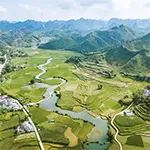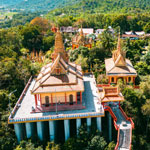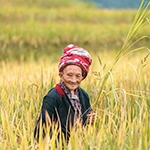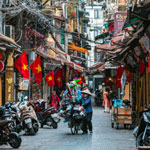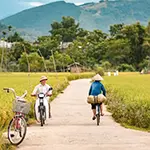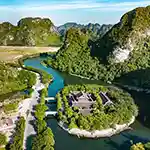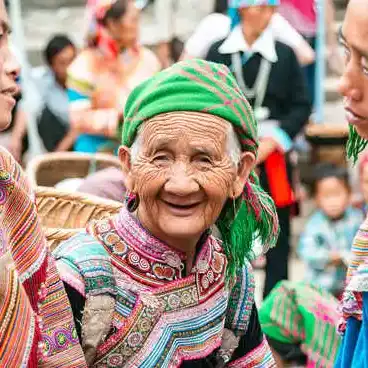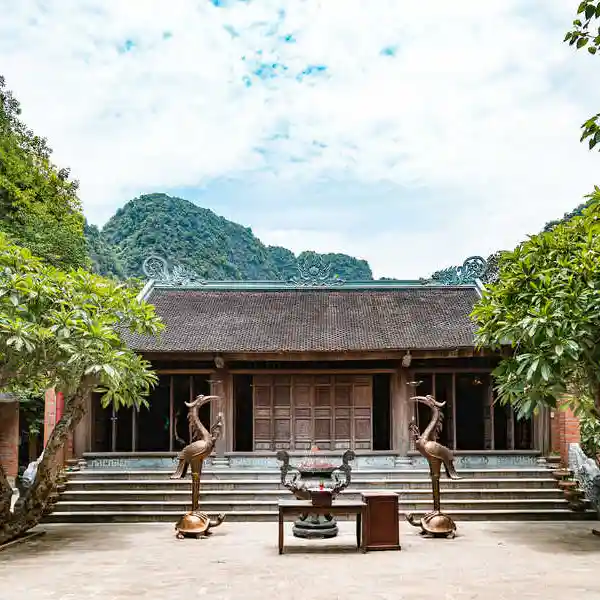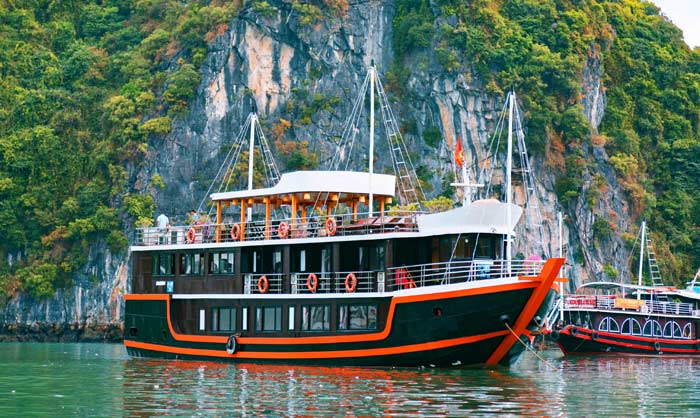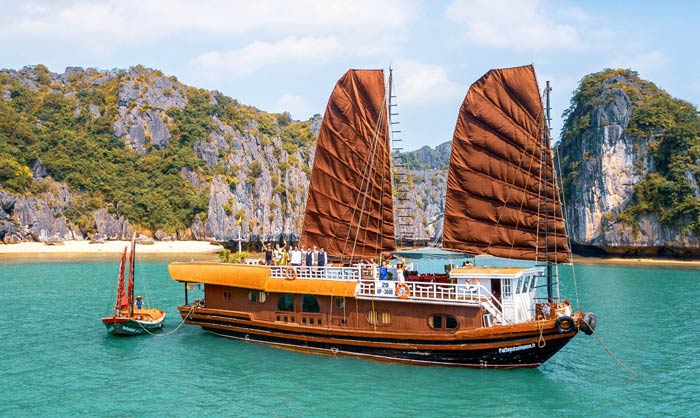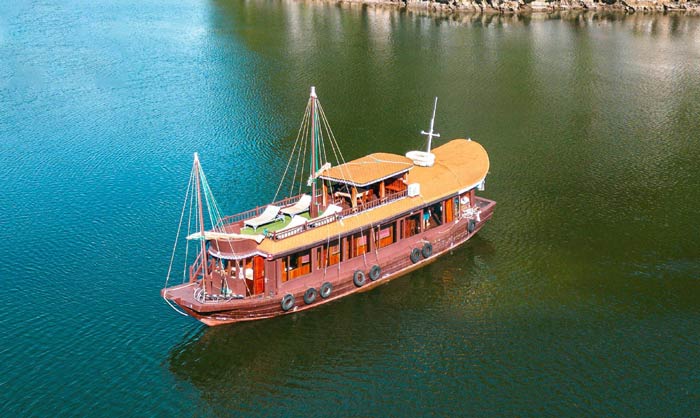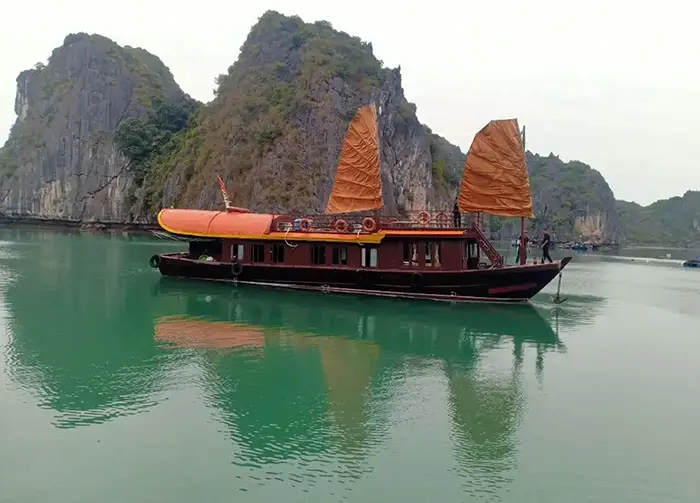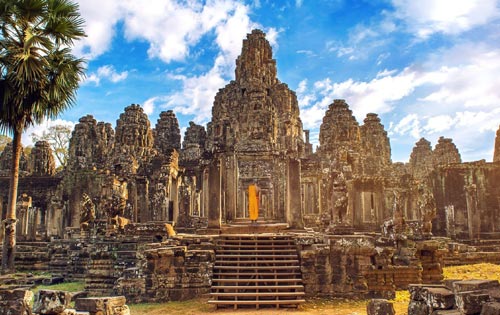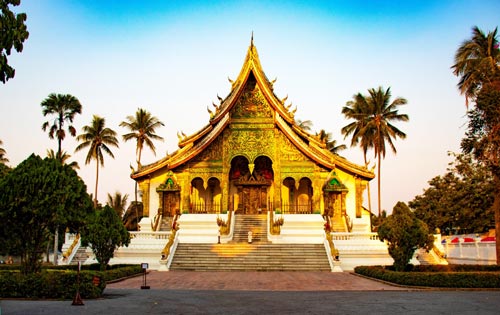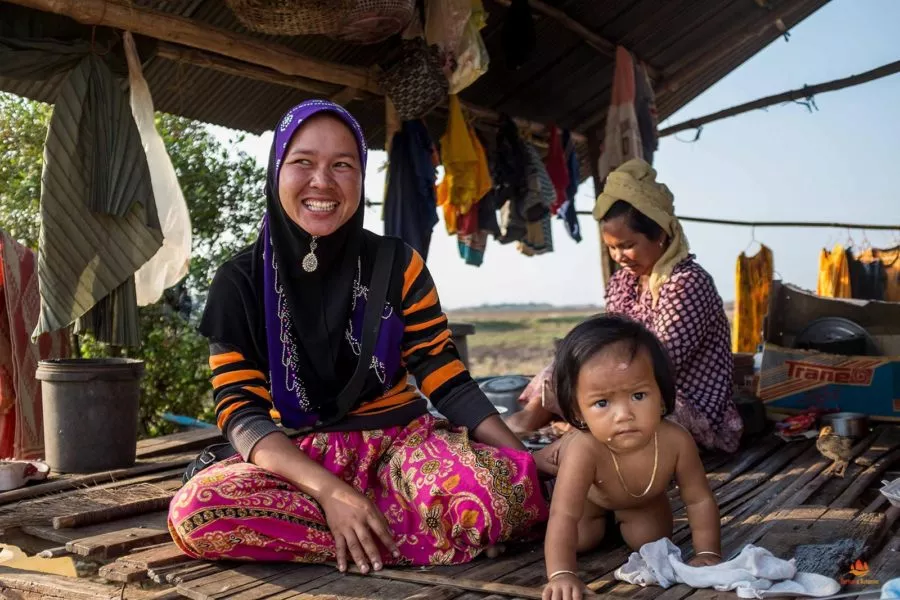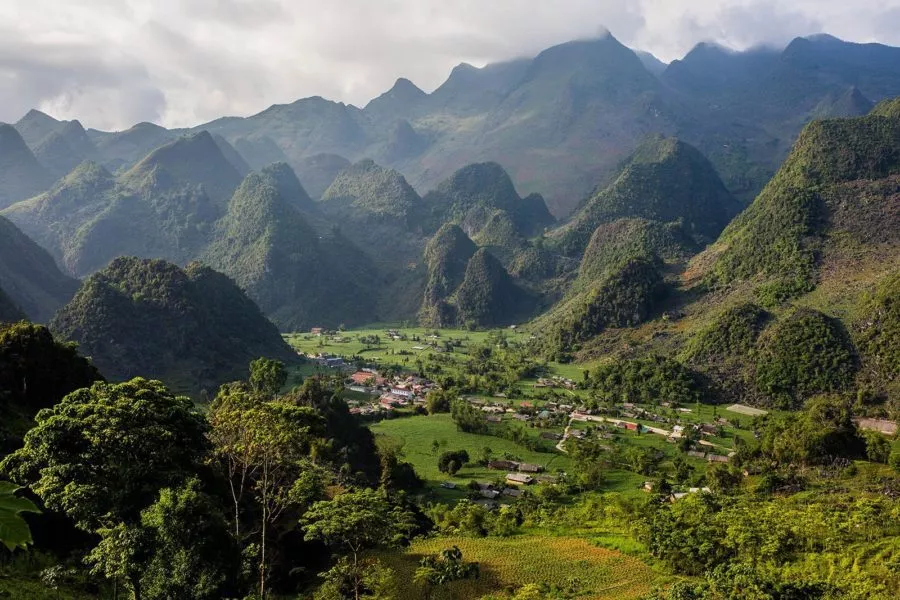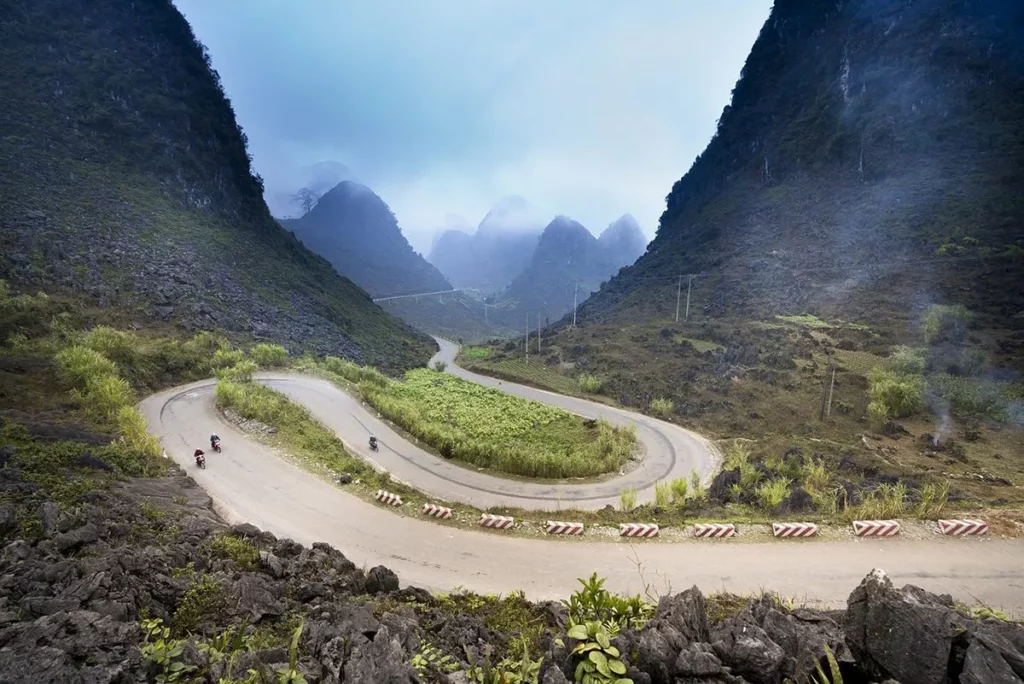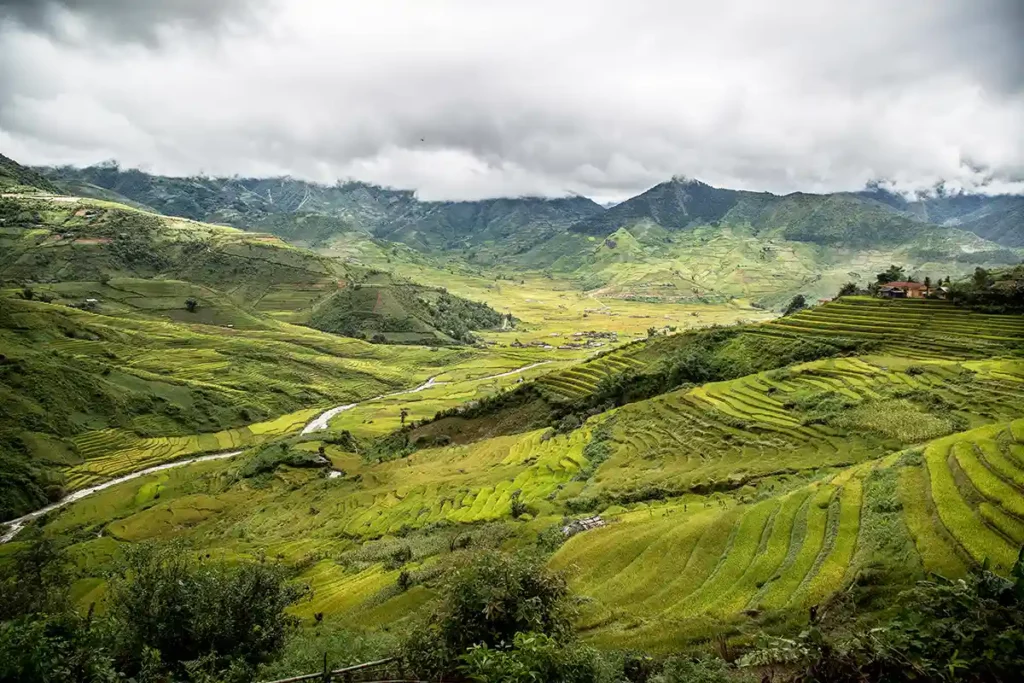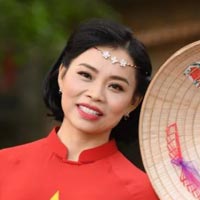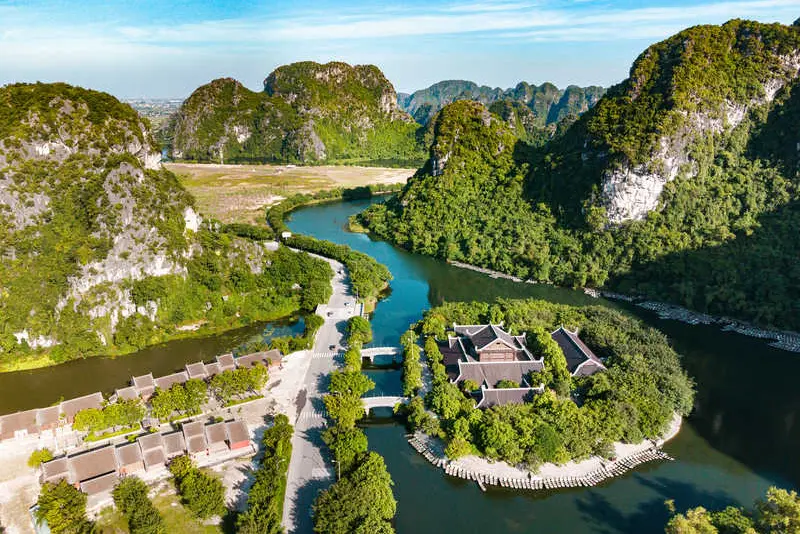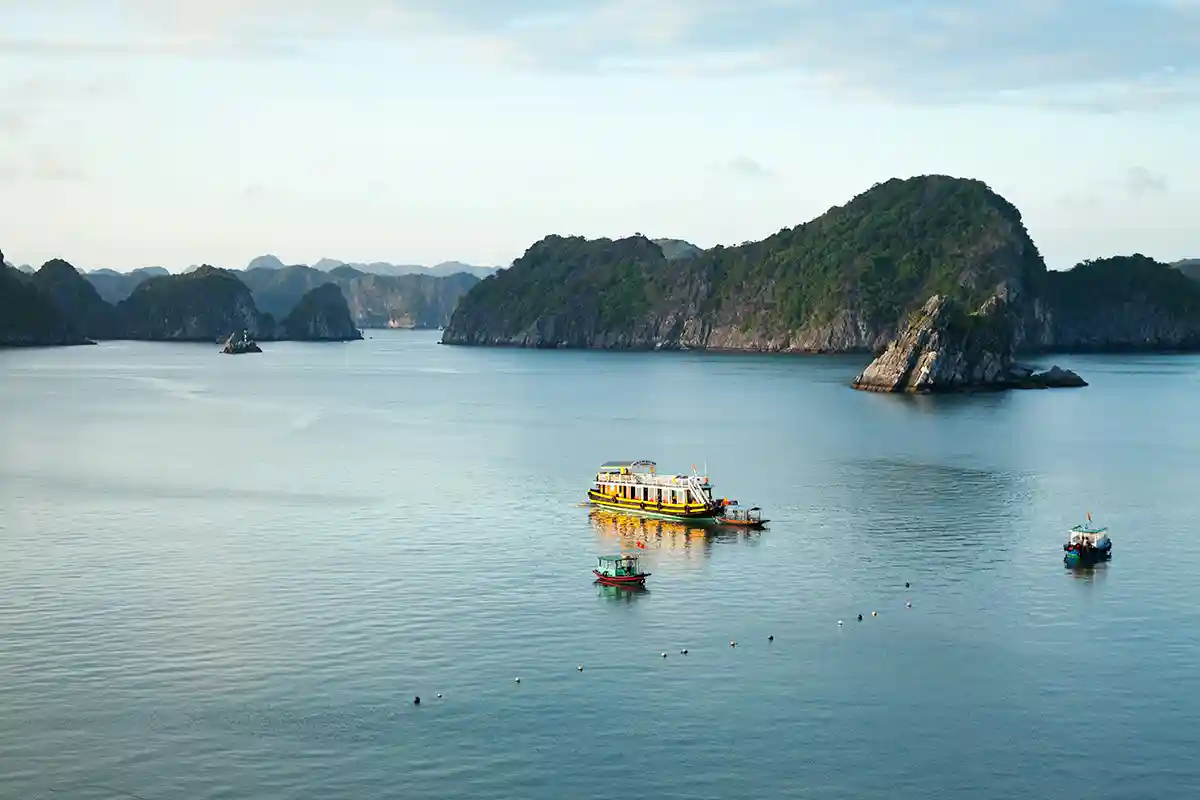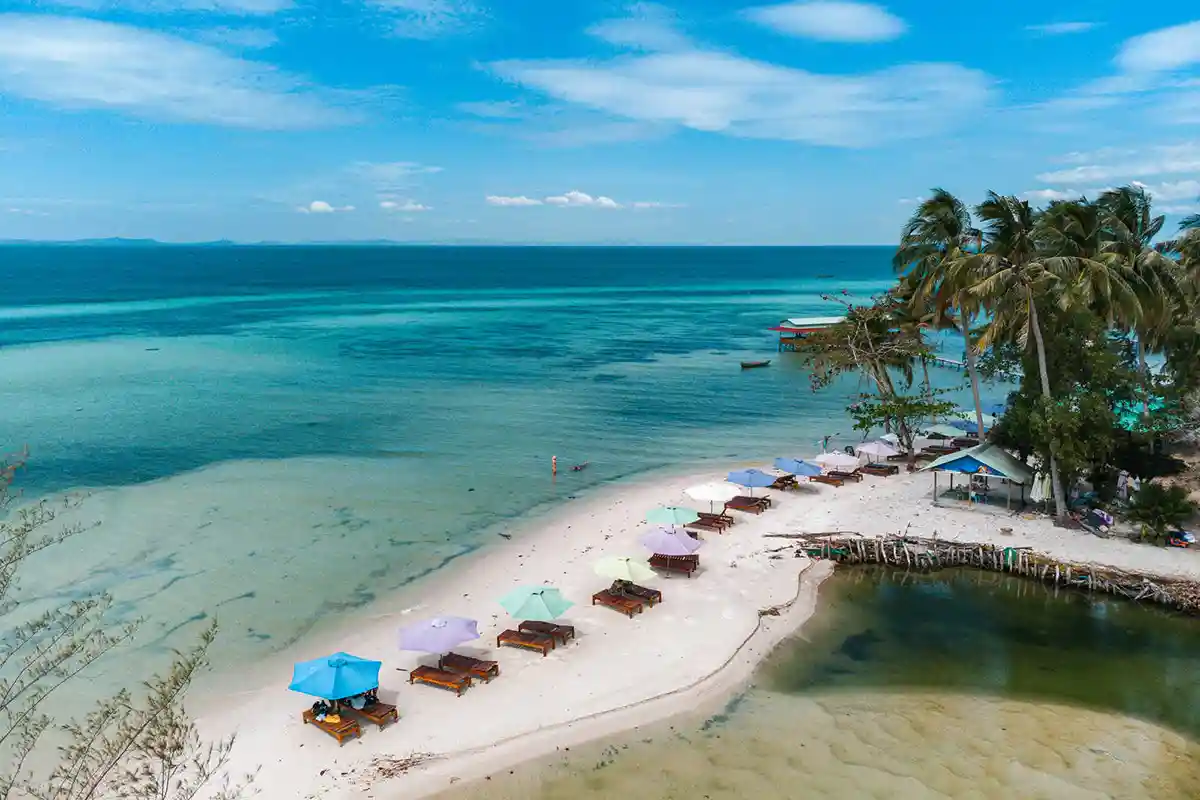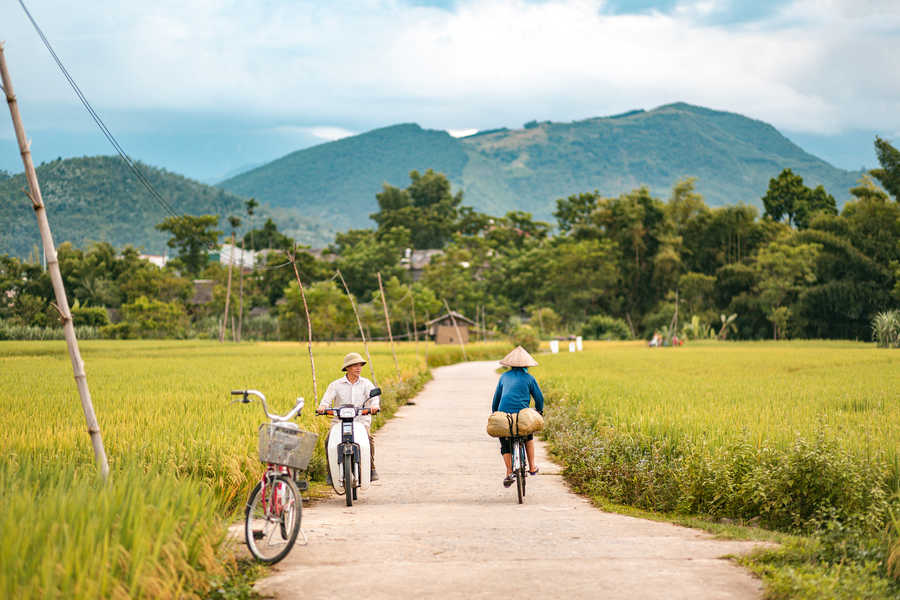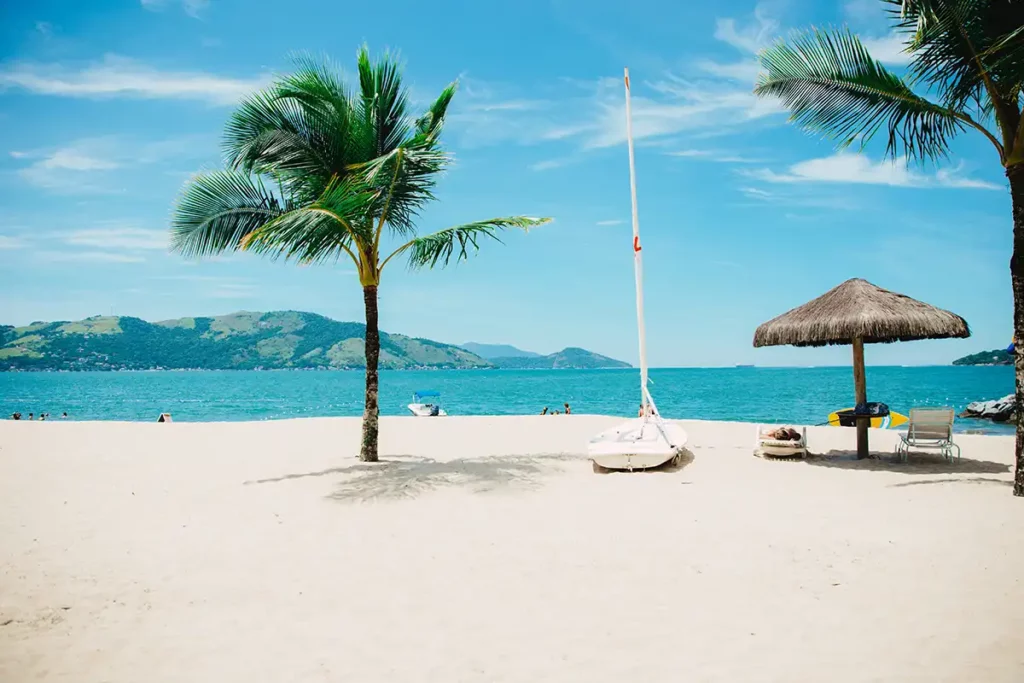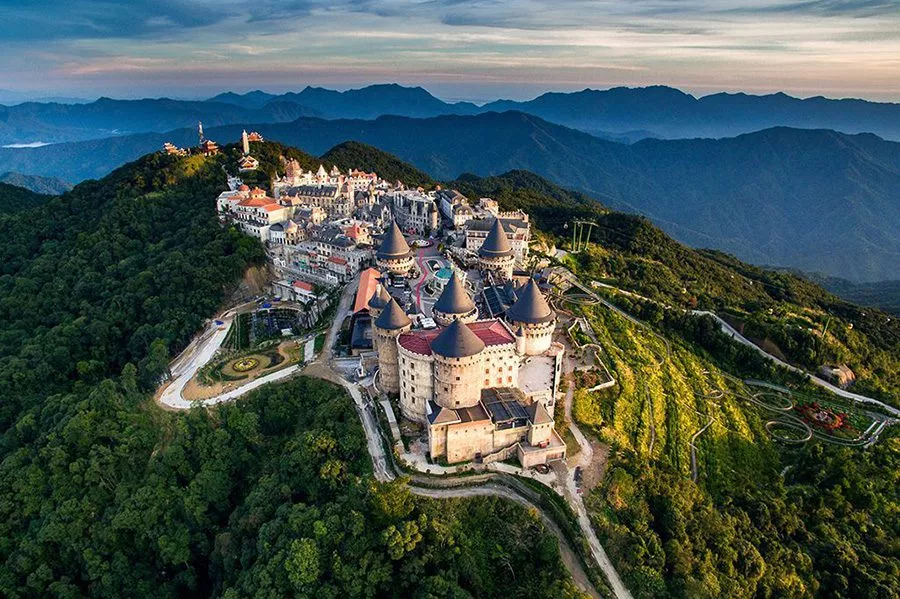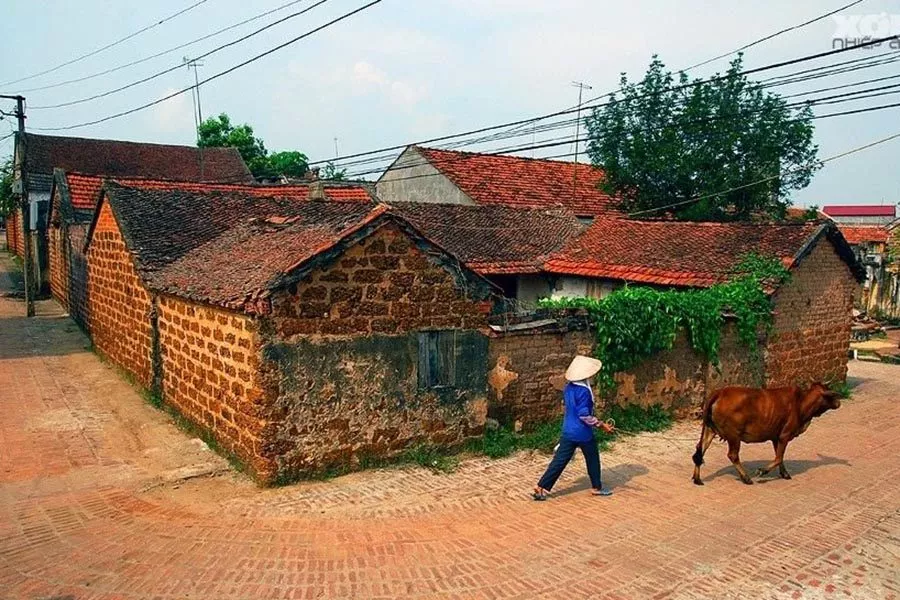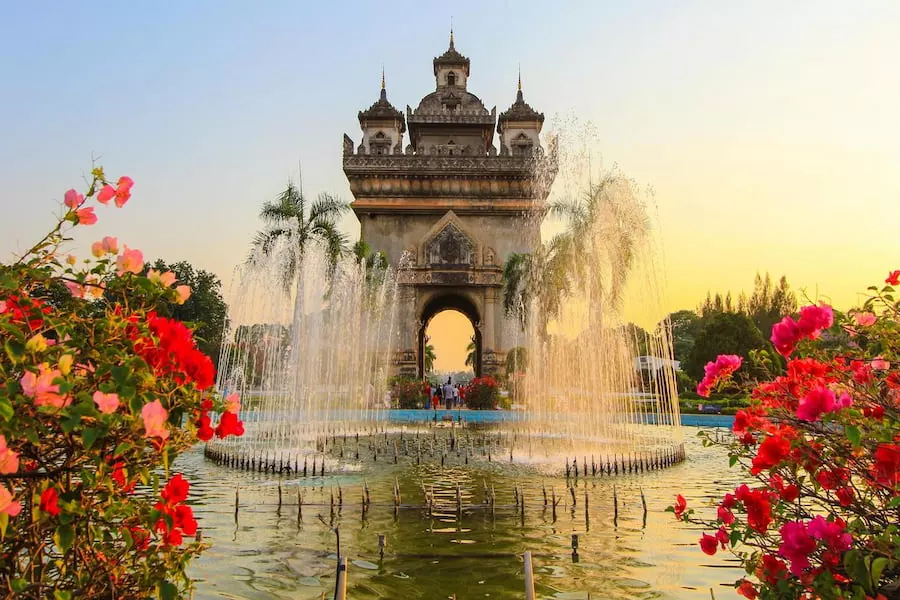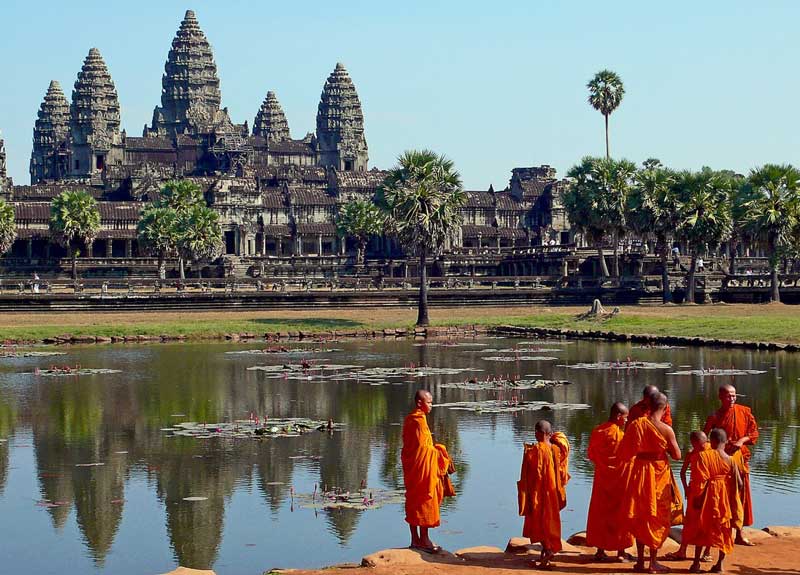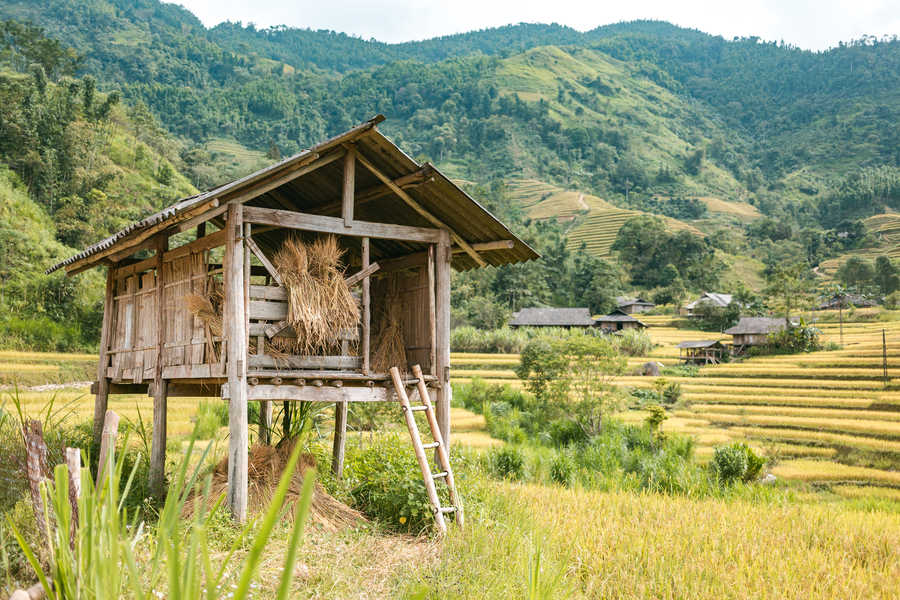This population consists of people of Khmer origin (from Cambodia) who live exclusively in Vietnam. In Vietnamese, they are called Người Việt Gốc Miên (Vietnamese of Khmer origin). The Khmer Krom live in the provinces of the Mekong Delta and form the second-largest ethnic group in this region after the Kinh (Viets). Sóc Trăng Province has the largest Khmer Krom population: more than 30% of the province’s inhabitants identify with this ethnic group.
What do they live on?
The Khmer Krom generally live on the least fertile lands of the Mekong Delta, especially in the provinces of Sóc Trăng and Trà Vinh. The land reforms of the 1980s granted usage rights to those who had lived there for a long time, while the Khmer Krom have experienced many “displacements” throughout recent history. Due to the poor quality of the soil, more and more Khmer leave their lands to work in factories in Ho Chi Minh City, which provides them with higher income than in the Delta. The Mekong Delta is the country’s main rice-producing region, but the Khmer Krom benefit little from it.
How do the they live?
The traditional Khmer Krom house is built on stilts and features two entrances: one for the women of the family and another for visitors. Houses are usually grouped together in small hamlets, often situated along roads or beside rivers and canals.
How do they dress?
The Khmer Krom clothing is made from black fabric. Women wear their hair in a bun or cover it with a checkered scarf. Men’s attire is even simpler: just a shirt and knee-length trousers.
What are their beliefs?
While the Kinh (Viets) follow the teachings of Mahāyāna Buddhism (the “great vehicle”), the Khmer Krom adhere to Theravāda Buddhism (the “small vehicle”). This form of Buddhism is considered closer to the original teachings of the Buddha and is practiced in Cambodia, Thailand, Laos, and Myanmar. The Kinh are thus an exception due to the similarity of their beliefs with those originating from China.
Khmer nationalism
The Khmer Krom and their representative, the Federation of Khmer Kampuchea-Krom, see themselves as the original inhabitants of the Mekong Delta, which they call Southern Cambodia. However, recent history has not favored them. In 1949, the French government passed a law stipulating that the territory of Cochinchina should be administered under the control of Emperor Bao Dai. Under the Republic of Vietnam (the South Vietnamese government), assimilation campaigns were implemented to forcibly integrate the Khmer Krom population into Vietnamese culture—for example, banning the use of the Khmer language and Khmer names.
This policy fueled the resurgence of nationalist sentiment among the Khmer Krom, which continues to this day. The Vietnamese government remains very vigilant to ensure that none of these nationalist expressions evolve into large-scale movements.

